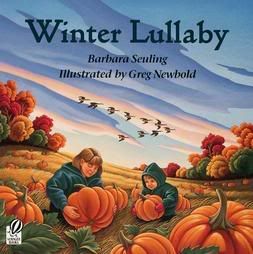Here are two quick — but powerful — lessons from our archives:
Judy Blume on writing from the heart (August 1990):
What happened when I first started–as in Are You There God? It’s Me, Margaret, which is the first book that was really mine–is I was j
 ust telling the stories that I knew. I knew what it was like to be in sixth grade, and to be in Margaret’s body, because that was my body. Slow growing, slow to develop….So that’s what I wrote about, because it wasn’t there for me when I was young.
ust telling the stories that I knew. I knew what it was like to be in sixth grade, and to be in Margaret’s body, because that was my body. Slow growing, slow to develop….So that’s what I wrote about, because it wasn’t there for me when I was young.I didn’t know if anyone would publish it, but it was from the heart. The only thing that works with writing is that you care so passionately about it yourself, that you make someone else care passionately about it. Books that are written to order are awful. It can’t work. Children will see through that and they won’t read it.
Barbara Seuling on common mistakes (December 1994):

The main character is a big one. So often beginning writers will use boy and girl twins as the main character, or use more than one main character, such as a pair of boys going off to have an adventure and you can’t pick out which one is the hero of the story. There should be one viewpoint to the book, and this rule hasn’t changed since children’s books first began. You can occasionally get away with it if you shift the focus to another character when you start a new chapter, but you have to do this very carefully. Point of view is another one. I always feel you should know how to use point of view so you can break the rules. There are a lot of cases where the rules of point of view are broken very successfully, such as in Charlotte’s Web. You can bend the rules but you have to be as good as E.B. White to do it.
There are two ways to approach talking animal characters. The big differentiation depends on the story. Either the animals have to truly be animals, or they are really kids that happen to look like animals. If you’re writing a story that just needs a substitute child, then you can decide if it’s a soft furry animal or a funny-looking animal. It’s funny to see a pig in children’s clothes, but they always have some pig-like characteristic, such as a large appetite. If you’re writing that kind of story, then it’s fine to have the animal act like humans.
In a book like Charlotte’s Web the animals were very true to their natures, and it was important that they were. Even Templeton the rat was not a sympathetic character. In a story where you’re getting close to the animal world, you need to keep animals as true to their natural selves as possible. What you don’t want is the animals doing animal-like things part of the time when it’s convenient to the story, but then at other times have hands or stand upright to talk to each other. That never works.
To read these — and many more — CBI interviews in their entirety, check out In Their Own Words: The Best of CBI’s Interviews.
Interested in learning how to write a book and send it to children's book publishers? Come on over to The CBI Clubhouse for audios, videos, insider writing tips and much, much more!
No comments:
Post a Comment